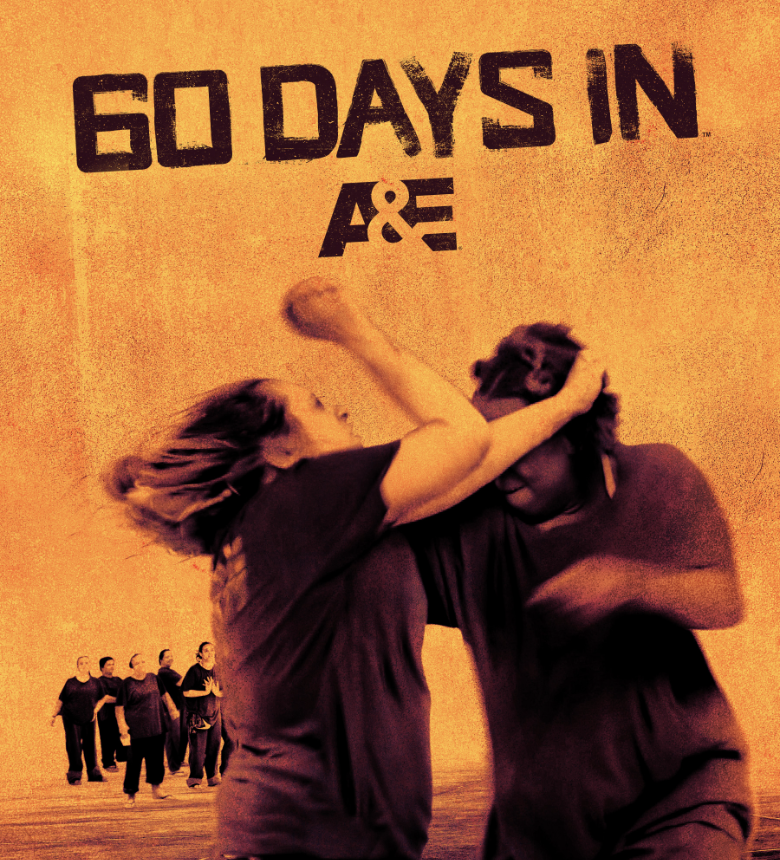
Recidivism Seen Through Netflix Shows
By Katie Travlos
There are many shows on Netflix that broadcast the atrocities the justice system allows when referring to prisons and jails in the United States. Two shows, in particular, juxtapose the punitive justice system against the rehabilitative system of other countries. These Netflix series includes 60 Days In and Inside the World’s Toughest Prisons.
The former show is based in the United States while the latter goes all around the world seeking out the worst prisons regarding inmates, staff, resources, and shelter. One country, in particular, has a structure that indicates the American system does not work. These two shows expose the differences between the United States’ punitive justice system and Norway’s rehabilitative justice system.
60 Days In is a series that follows different people as they embark on a journey into a jail in the United States. The jails that are showcased in different seasons are all struggling whether it be with contraband, the overflow of inmates, or the correctional officers themselves. Through this show, the punitive justice system is expressed through first-hand accounts. The punitive system that the United States uses practices punishments and discipline.
The prisons that are on this show are gross and dirty, poorly adhere to health concerns, have corrupt correctional officers, and inmates that are kept in a box for upwards of 24 hours a day. These inhumane structures of the system continue just as the recidivism rates in the United States continue to grow.
The United States’ recidivism rate, or the rate of people that return to jail, is around 75%. This means that people who offend once will likely re-offend because the system we live in does not set up its citizens for change or success. Drug dealers or abusers do not see accurate care in jail even though it should be rehabilitative.
Not only is rehab not widely offered, but drugs and other forms of contraband are also easily getting into the jails that are shown on this show. This means that the people who abuse drugs outside of jail can also abuse drugs inside of a jail where they are being punished for this very crime. During season 6, an inmate that was released was seen later in the season as she was brought right back to the jail after recommitting a drug offense that she had just committed months before.
Inside the World’s Toughest Prisons is a series about a man, Raphael Rowe, who goes into the world’s toughest prisons. The different countries that he visits all show run prisons with even worse recidivism rates, except for Norway. The jail recorded in Norway is clean and each room holds only one inmate. There are separate bathrooms in the inmates’ rooms and there is also a television and minifridge.
This prison gives the inmates a chance to seek rehabilitation. If they want to start their program they are taking part in and engaging with the beneficial rehab. The inmates have access to a kitchen and other forms of self-sufficiency. They are also given a chance to become students or apprentices to have a career once outside the prison to fall out of the cycle of repeat offenses. Norway’s prison system tries to prevent people from returning by setting them up with good habits and a way to succeed outside of prison.
Norway’s recidivism rate is 20% a stark contrast to the United States’ recidivism rate. This comes as no surprise as Norway uses rehabilitative justice, focusing on change and getting the inmates to help rather than the United States’ punitive justice system which focuses on punishment to essentially pay back a crime.
This punitive justice system, as seen with the recidivism rate and through the juxtaposition of these two shows, indicates that it does not work in lowering the number of citizens returning to jail. Punishment and discipline do not work as well as rehabilitative justice does as seen through 60 Days In and Inside the World’s Toughest Prisons.

